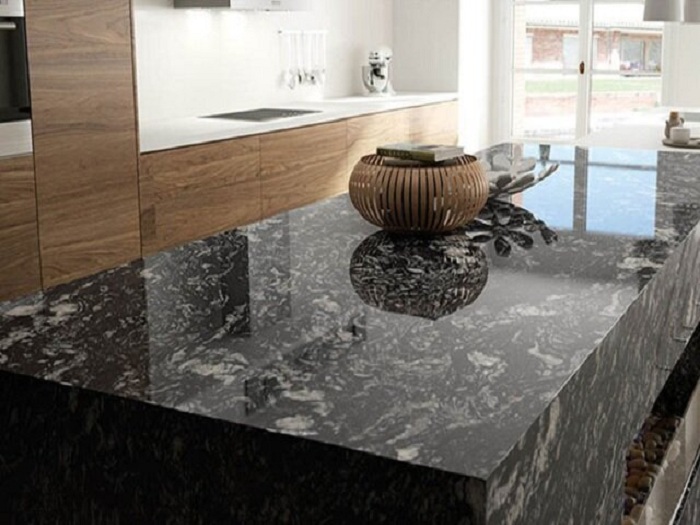Application of stone in interior architecture

Natural stones have many uses and can give a different texture to the interior. Each stone has its own character and according to that character is used in different environments.
According to the International Iranian Stone Exhibition, according to Soroush Stone, the most widely used stones in the interior architecture are granite, quartz and marble. Rocks are found in abundance in nature and their use does not harm the environment; Because they are free of toxic substances, they are stable and can always be reused. Therefore, they do not harm the ecosystem. In this text, we will take a brief look at the applications of stone in architecture and interior design.
the floor of the building
Granite, marble, limestone and travertine are the other most common types of flooring used. These stones are strong and durable and their maintenance cost is low. The use of natural stones can create a pleasant atmosphere in the house.
As an architect, you have a variety of choices for designing the floor of a building. For example, if you are looking to design a modern space, you can use black for the floor. The choice of black for the floor of the building evokes depth and strength. The use of black granite on the floor gives a classic look to the space. Many luxury home designers are interested in using granite floors in their rooms with large skylights.
Among the granites available in the Iranian market, Natanz and Soran Sang granite are the best stones to use on the floor of the building.
the cover
Stones such as granite, sandstone and slate can be used as veneers for various surfaces. Stone veneers add depth and coordinates to the space and can take good care of their subsurface in the long run.
Black granite is one of the best choices for cladding on busy stairs due to its durability and non-slip.
Shelves
Granite and limestone are also used to make shelves. Floating shelves made of stone are not only very practical, but also very easy to maintain. They also add aesthetic value to the environment.
For example, you can use black granite shelves on the wall of the hall of the house or in different parts of the kitchen. The stone rows of shelves in the kitchen create a feeling of spaciousness that will not be achieved in any way with closed cabinets.
Kitchen counter and back splash
Granites are impermeable stones and therefore are a good choice for kitchen counters and tables. They are also very easy to wash and do not spoil easily. Among rock types, black granite is more resistant to bleaches and acidic liquids. In addition to the counter, this stone is a good choice for use in back splash and can also be used on the dining table. A dining table covered with black granite can add a very stylish and dignified atmosphere to the house.
Bathroom
Granite and marble are the most common stones for use in the bathroom. Of course, sometimes lime stone and travertine are also used for parts of the bathroom. If you are planning to design a luxury home, black granite is a good option for use in the bathroom. This stone will make the dimensions of the bathroom uniquely impressive. In addition, black granite is very resistant to heat, moisture and water, and these properties make it an ideal stone for the bathroom environment.
Accessories (decorative accessories)
Stone artifacts such as sculptures or vases are very attractive accessories that you can use both in the yard and indoors. If you are interested in using plants in the design of houses, pots and stone gardens will give a significant beauty to the space. Stone pots not only have a longer life, but also do not leak water and other liquids due to their impermeability, and they are also very suitable for indoor use.
Today we talked about the different applications of different types of stones in interior architecture. Each stone has a special application in interior architecture due to its characteristics and the final choice of material depends on the knowledge and taste of designers and architects. To view Soroush stone products and various stone processing methods, refer to our other pages.
* ISNA










